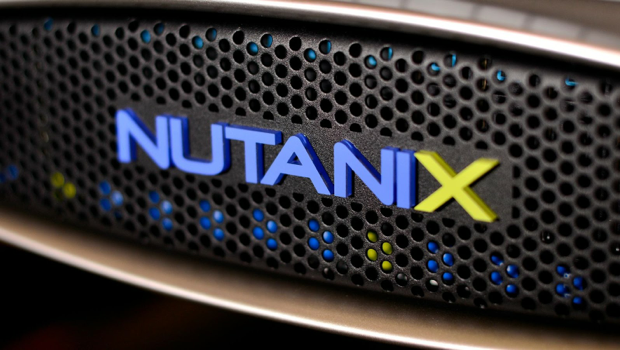 INFRA
INFRA
 INFRA
INFRA
 INFRA
INFRA
Data center company Nutanix Inc. today added more advanced disaster recovery capabilities to its hyperconverged infrastructure software and AHV hypervisor to help customers better protect their most important applications.
The updates, which include a new advanced automation capability for recovering apps and their data, are meant to help customers ensure continuity of business operations should disaster strike.
Nutanix explained that strong recovery policies are no longer something that are just “nice to have,” but rather essential requirements for many companies. But existing disaster recovery solutions can be extremely complex and difficult to implement, and they demand on-going maintenance, the company said. The idea with the new capabilities in Nutanix HCI and AHV is to reduce this complexity.
“Maintaining continuous business operations is a high priority for all types of companies and organizations,” said Greg Smith, vice president of product marketing at Nutanix. “However, most businesses rely on custom, handcrafted disaster recovery implementations to guard against systemwide IT failures. Nutanix now natively delivers automated, easy-to-deploy disaster recovery solutions built to deliver applications that must always be available.”
Moor Insights & Strategy analyst Steve McDowell told SiliconANGLE that disaster recovery has become a high priority for all kinds of organizations, especially in recent weeks with the coronavirus pandemic forcing millions of people to work from home.
“The ability to maintain data integrity and rapidly respond to any disruptions to that, whether those are from ransomware or human error, is business-critical,” McDowell said.
The main update today is a new Multi-Site Disaster Recovery feature that enables customers to recover from the simultaneous failure of two or more data centers while ensuring their most critical apps and data are still available. The feature leverages “advanced automation technology” that simplifies the task of installing and maintaining its disaster recovery systems, and should be especially useful for financial services, healthcare and emergency services customers, Nutanix said.
The idea is to enable application teams to recover quickly from unplanned outages or data corruption and set configurations to adhere to compliance requirements.
Nutanix is also playing up its “Unmatched Near Sync Disaster Recovery” capability, which supports asynchronous replication with a Recovery Point Objective of just 20 seconds, a three-times improvement on its existing technology. RPO, a measurement of the maximum tolerable amount of data to lose, is used to measure how much time can occur between the most recent data backup and a disaster without causing serious damage to business operations.
“Most customers will choose to run asynchronous replication, simply choosing performance over the small window of recoverable data integrity exposure,” McDowell told SiliconANGLE. “Tightening that window is a good thing.”
Another new feature being announced today is Synchronous Data Replication for the Nutanix hypervisor that enables almost instantaneous replication of data between multiple locations. The AHV Hypervisor now supports this capability natively, providing high availability for critical workloads such as databases and virtual desktops.
“Synchronous replication closes the window on data integrity issues completely,” McDowell said. “All writes to a local system are held until it’s confirmed that the data has been copied to the remote disaster recovery site. The tradeoff, of course, is reduced overall system performance caused by the latency introduced by waiting for writes to traverse a long network path to the remote system.”
The analyst noted that synchronous replication is a key requirement of organizations in industries such as banking and finance. The new capability therefore allows the company to enter new markets where it was previously locked out.
“This is a great new capability for Nutanix and its channel partners, and will enable it compete much more aggressively with VMware’s vSAN in nearly every market,” McDowell said. “Nutanix can now compete head-to-head with vSAN across an expanded range of markets, and should only serve to boost its enterprise business.”
Lastly, Nutanix announced better Disaster Recovery Orchestration with Runbooks, which helps give companies more control over the end-to-end recovery process, so resources can be more focused on key applications.
THANK YOU